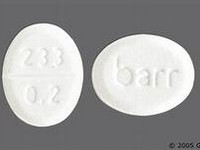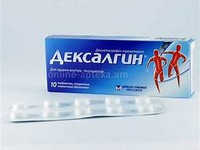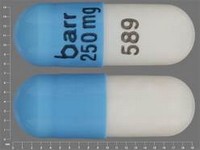Caspofungin

Caspofungin
CLINICAL USE
Invasive aspergillosis in adult patients who are refractory to or intolerant of amphotericin B and/or itraconazoleInvasive candidiasis Empirical treatment of systemic fungal infections in patients with neutropenia DOSE IN NORMAL RENAL FUNCTION
70 mg loading dose on day 1 followed by 50 mg daily, thereafterIf patient weighs >80 kg use 70 mg daily PHARMACOKINETICS
Molecular weight :1213.4 (as acetate) %Protein binding :97 %Excreted unchanged in urine : 1.4 Volume of distribution (L/kg) :No datahalf-life – normal/ESRD (hrs) :12–15 days/Increased but not significantly. DOSE IN RENAL IMPAIRMENT
GFR (mL/MIN)
20 to 50 : Dose as in normal renal function 10 to 20 : Dose as in normal renal function <10 : Dose as in normal renal function DOSE IN PATIENTS UNDERGOING RENAL REPLACEMENT THERAPIES
CAPD :Not dialysed. Dose as in normal renal function HD :Not dialysed. Dose as in normal renal functionHDF/high flux :Unlikely to be dialysed. Dose as in normal renal functionCAV/VVHD :Not dialysed. Dose as in normal renal function IMPORTANT DRUG INTERACTIONS
Potentially hazardous interactions with other drugsCiclosporin: monitor liver enzymes as transient increases in ALT and AST have been reported with concomitant administration. Avoid co-administration if possible. Increases AUC of caspofungin by 35%Tacrolimus: reduces tacrolimus trough concentration by 26% ADMINISTRATION
Reconstition
10.5 mL water for injection Route
IV infusion
Rate of Administration
Approximately 1 hour Comments
Caspofungin is unstable in fluids containing glucose; add to 250 mL sodium chloride 0.9% or lactated Ringer’s solutionIf patient is fluid restricted, doses of 35 or 50 mg may be added to 100 mL infusion fluid OTHER INFORMATION
In established renal failure the AUC is increased by 30–49% but a change in dosage schedule is not requiredPlasma concentrations of caspofungin decline in a polyphasic manner. A short α-phase occurs immediately post infusion, followed by a β-phase with a half-life of 9–11 hours. An additional γ-phase also occurs with a half-life of 40–50 hours. Distribution rather than excretion or biotransformation is the dominant mechanism influencing plasma clearance Caspofungin has been used at a dose of 50 mg daily in combination with IV amphotericin B to successfully treat fungal peritonitis
See how to identify renal failure stages according to GFR calculation
See how to diagnose irreversible renal disease
Home









